In Photos: Artifacts Recovered from the HMS Erebus Exploration
Looking for clues
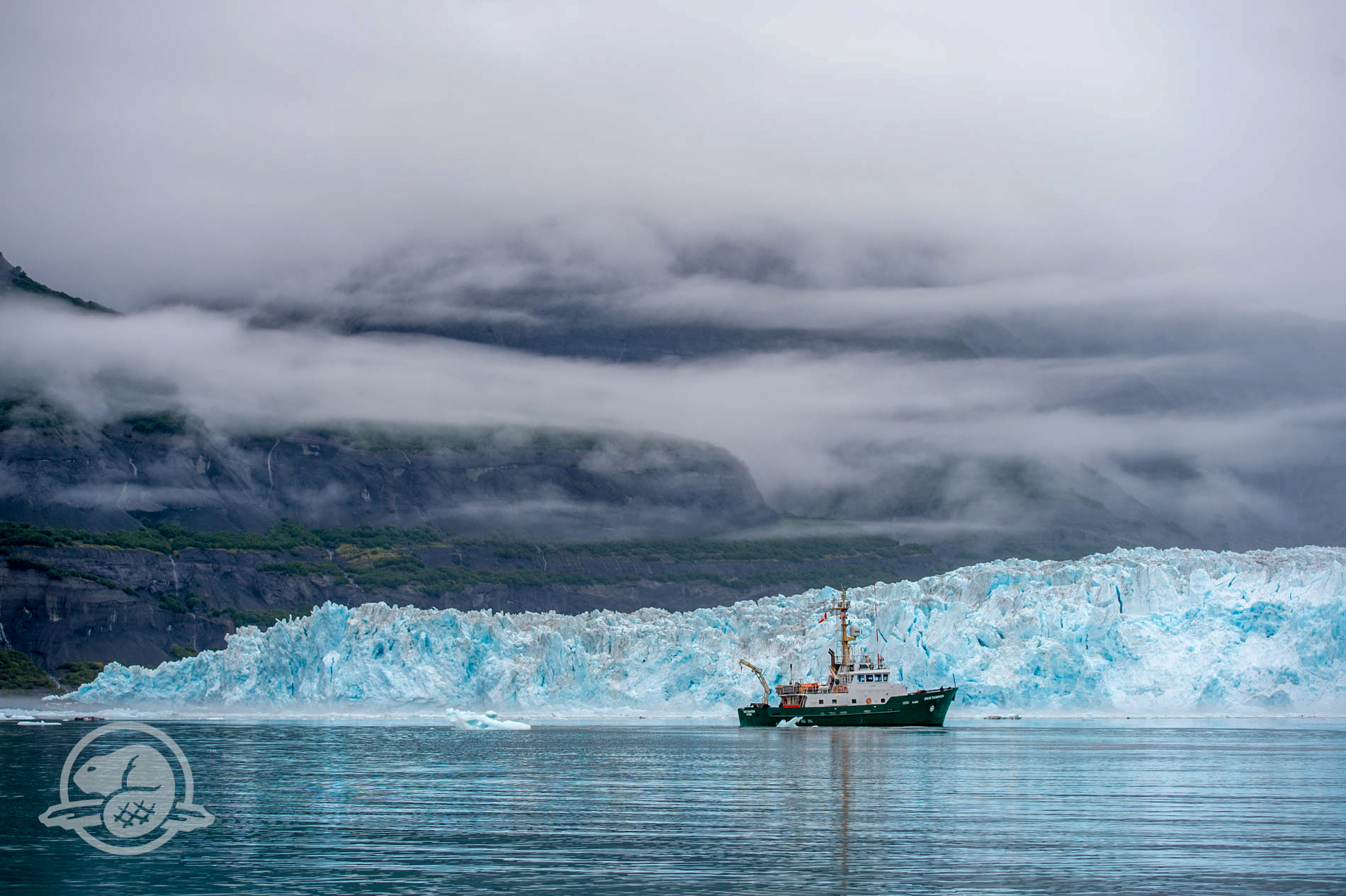
Abandoned 170 years ago, the HMS Erebus was only rediscovered in the icy waters of the Canadian Arctic in 2014. The 2018 mission to explore the British sunken ship was cut short due to harsh ice conditions, but archaeologists still managed to recover nine more artifacts from the famous wreck. The RV David Thompson is shown here in front of Yahtse Glacier in Icy Bay Alaska in August. [Read more about the expedition to HMS Erebus]
Diving in the snow
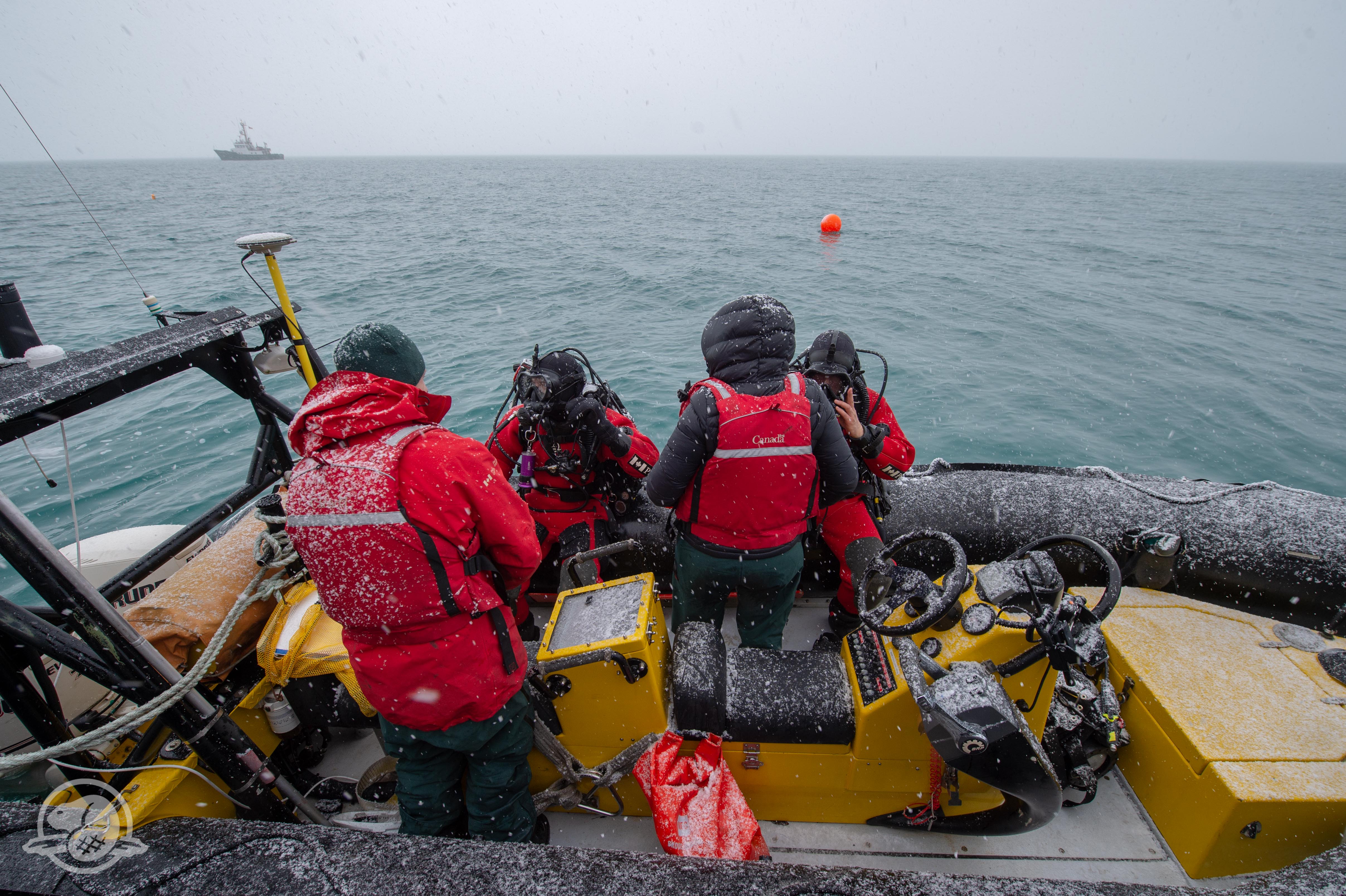
Parks Canada’s Underwater Archeology Team is shown here on Sept. 10, 2018, preparing for their first dive of the season to explore the wreck of HMS Erebus.
Ceramics from the seafloor
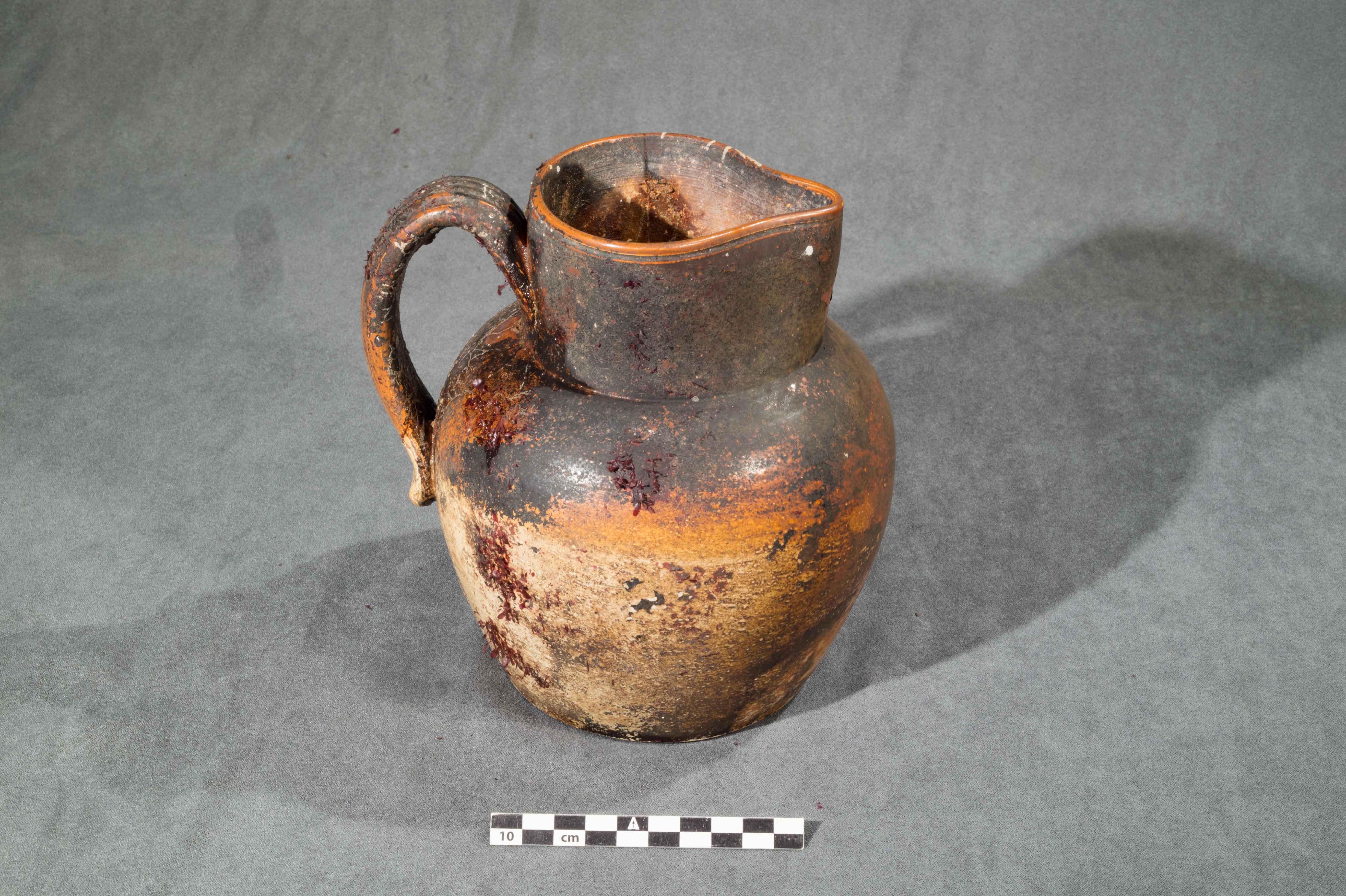
This intact ceramic pitcher was found inside an officer’s cabin on the HMS Erebus, next to a pile of small plates. Researchers hope the vessel might contain residues that reveal what the crew was drinking in their final days on board the ship.
Wheel for rigging
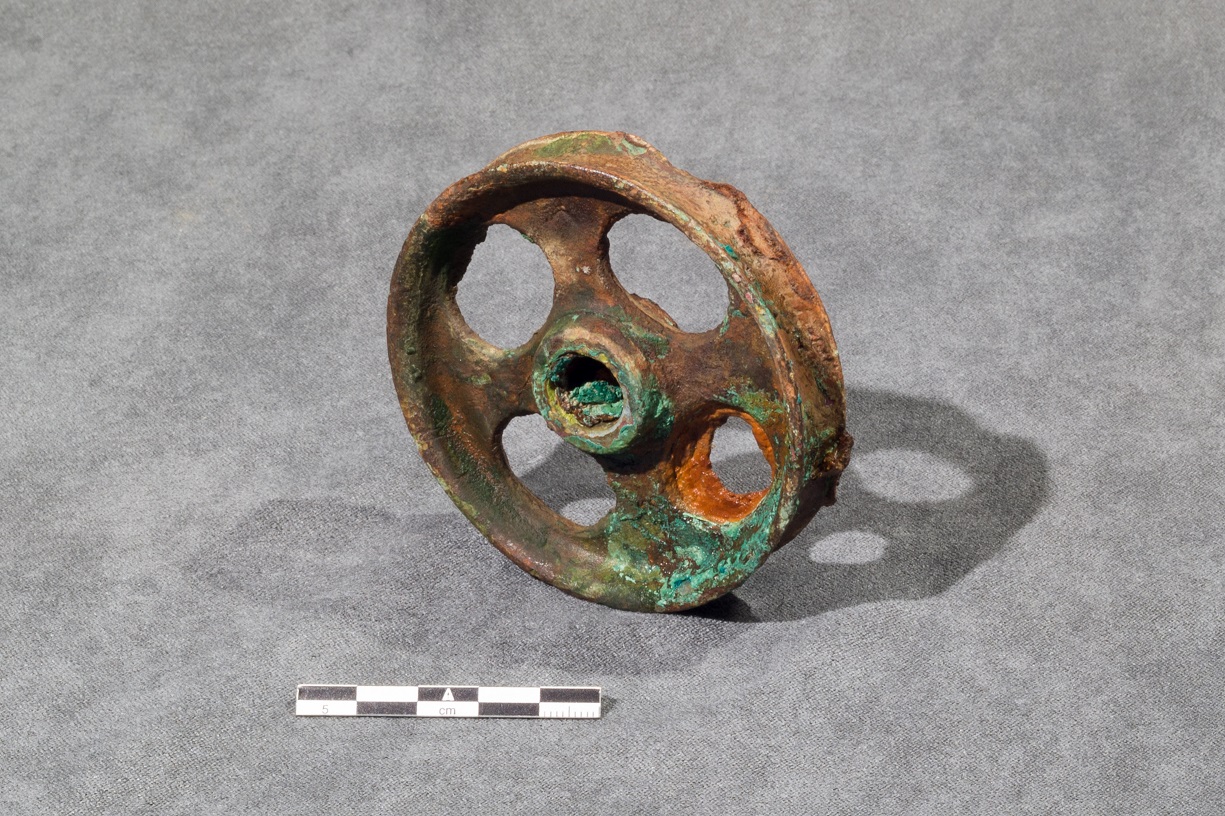
This metal wheel, found on the upper deck, was likely part of the pulley blocks used in running rigging on the ship.
Artificial horizon
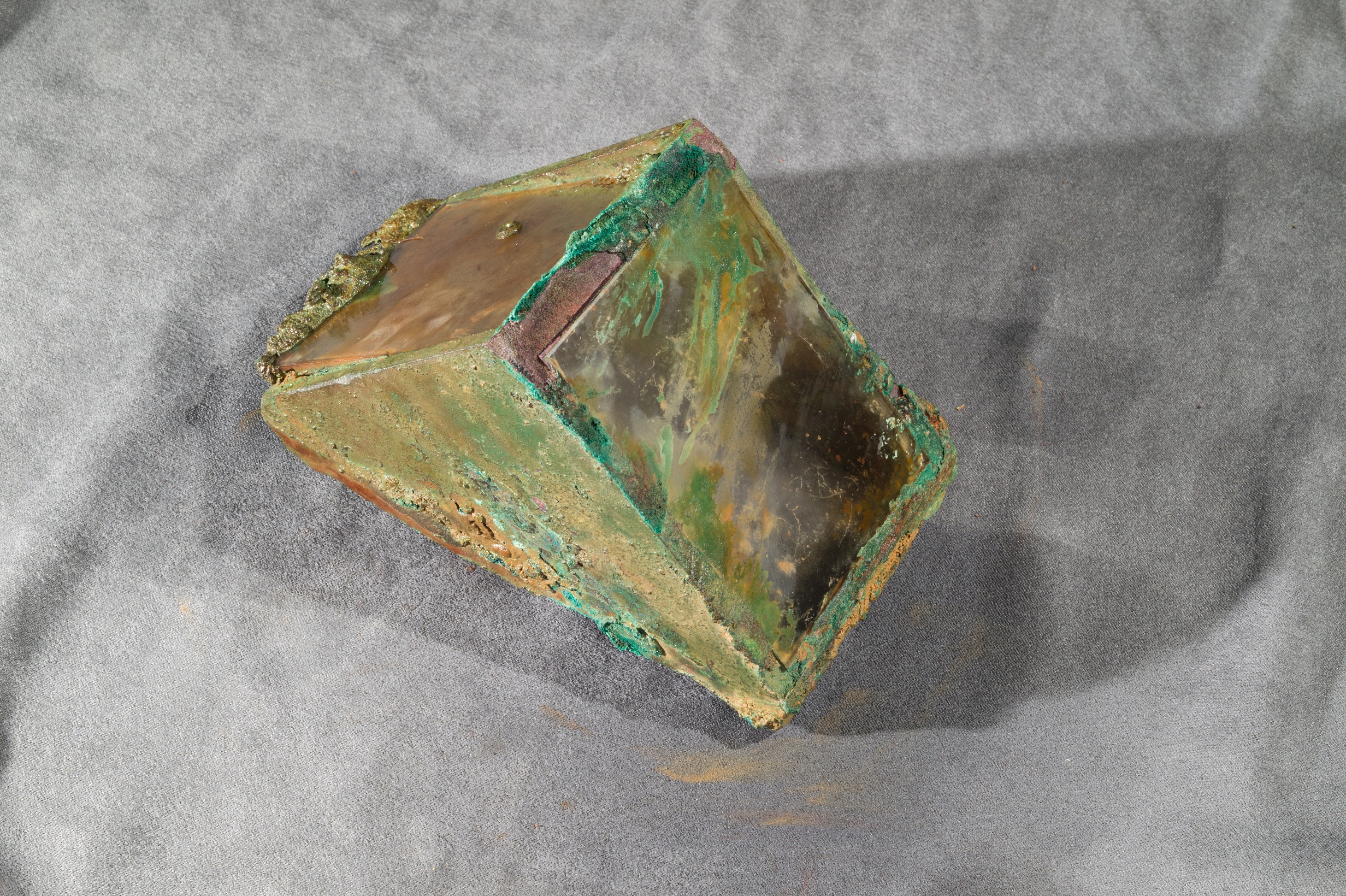
This is part of an artificial horizon that would have been used with a sextant to determine latitude when the horizon was obscured by obstacles like sea ice.
Found in a cabin

The artificial horizon was found in the lower deck in an officer’s cabin. Underwater archaeologists have not yet entered Captain John Franklin’s cabin. They hope that room might contain documents that offer clues about the fate of the Franklin Expedition, which claimed the lives of 129 men.
Nail from the deck
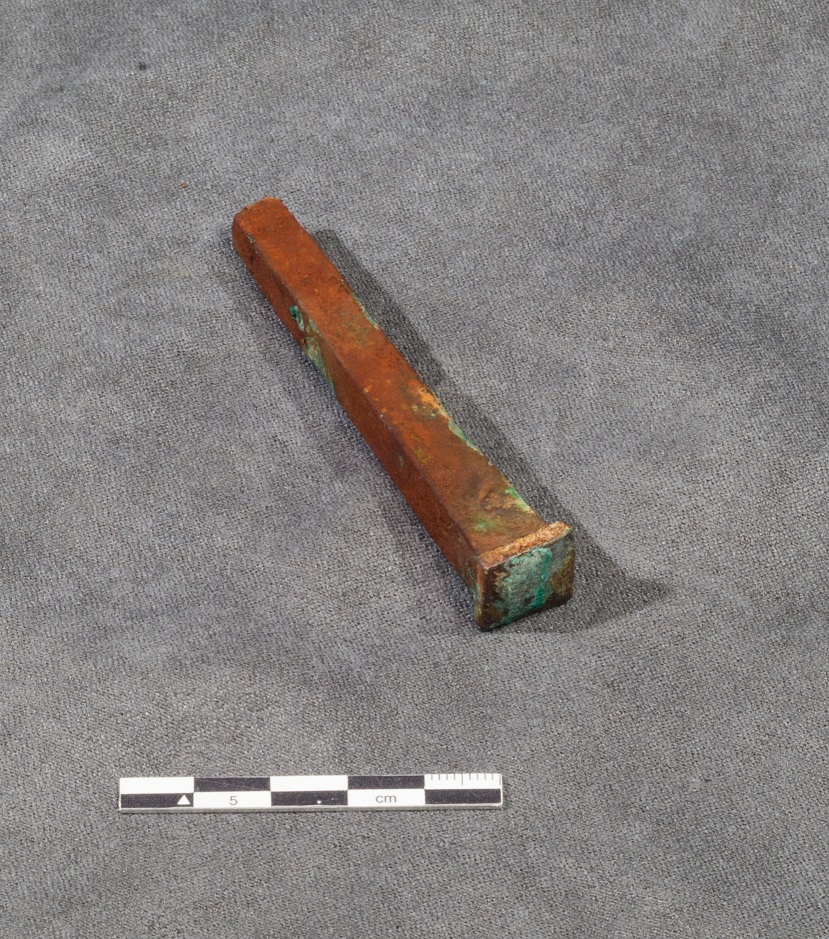
Plucked from one of the upper deck beams, this nail was likely used to hold planks together.
Get the world’s most fascinating discoveries delivered straight to your inbox.
Block with shackle

This block, which was one of the vessel's rigging instruments, has inscriptions that probably refer to its size and its maker.
Sealing the ship
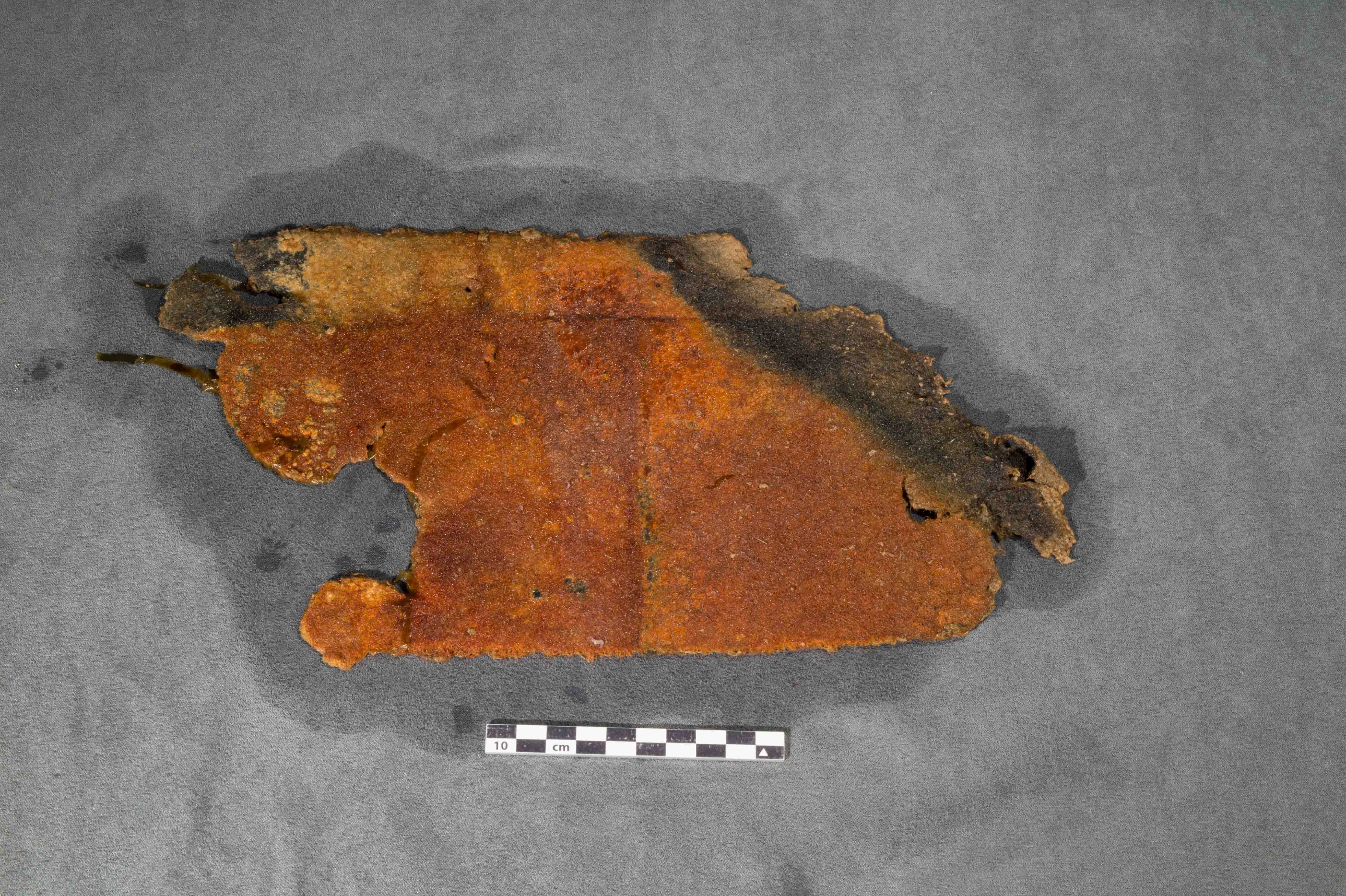
Found on the upper deck, this tarred piece of fabric was used for waterproofing the ship. It still has visible impressions of the deck planks seams and nails.
Belaying pin
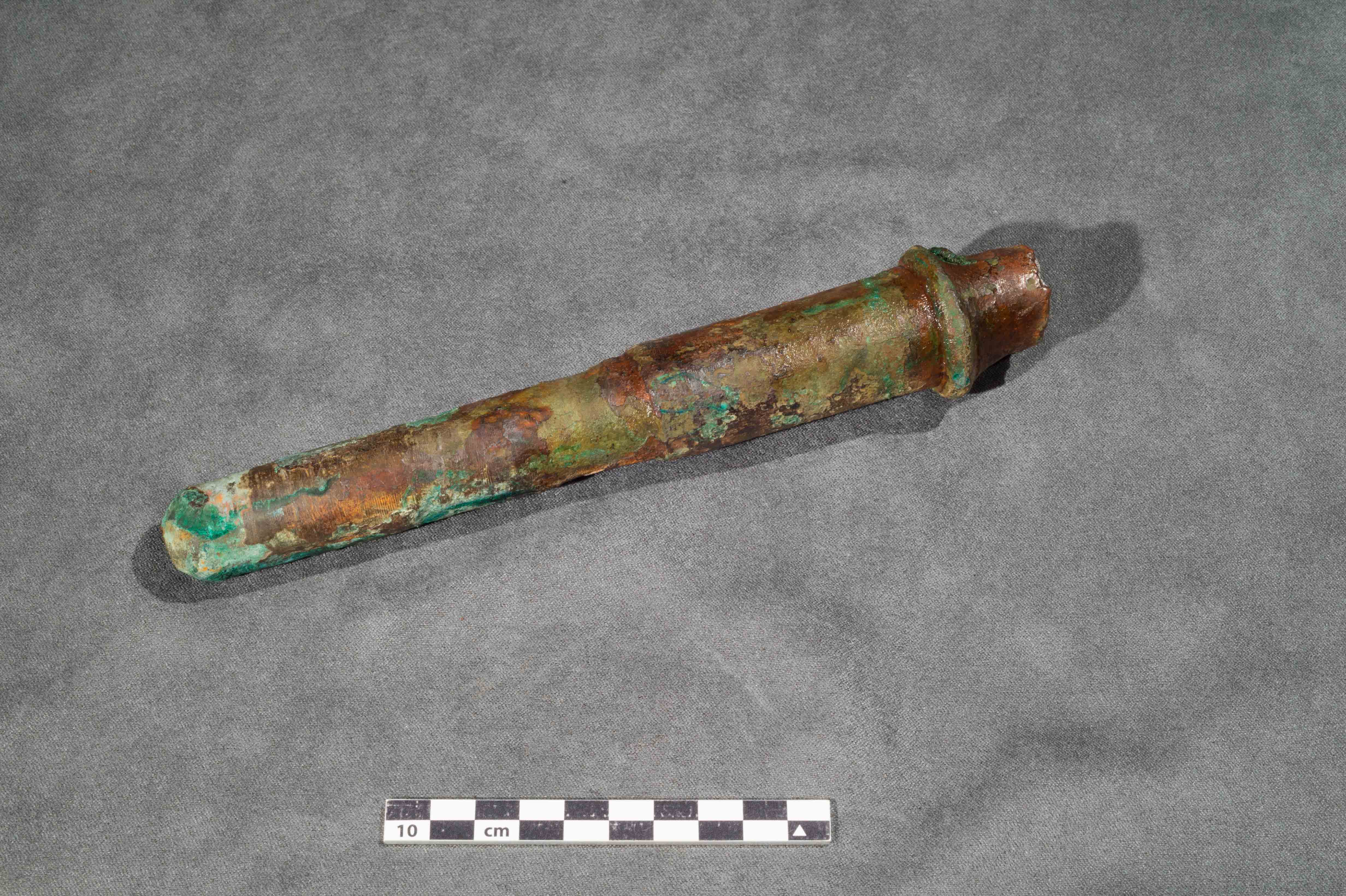
Belaying pins such as this one would have been used for securing ropes that controlled the sails of the ship. Wooden belaying pins were more common. The fact that these were made of bronze illustrates the investment made in the Franklin Expedition.



